Table of Contents
- General
- Power Train
- Steering System
- Air System
- Hydraulic System
- Work Equipment
- Others
Inspection of Steering Linkage
Ensure the safety and optimal performance of your machinery by regularly inspecting the steering linkage. Follow these detailed steps to conduct a thorough examination:
Product Overview
Our Steering Linkage Inspection Guide is designed to help you maintain the critical components of your vehicle’s steering system. Proper inspection enhances operational safety and performance.
Key Features
- Comprehensive inspection procedures.
- Guidelines for checking tire inflation and alignment.
- Instructions for verifying bolt and nut tightness.
- Clearance measurement instructions between frame stoppers.
Benefits
- Ensures vehicle safety and reliability.
- Enhances steering accuracy and stability.
- Prevents wear and tear of steering components.
- Helps maintain manufacturer specifications.
Usage Recommendations
- Ensure all four wheels have the same tire pressure. Refer to the operation and maintenance manual for the specific pressure values.
- Position the machine on a paved and level ground before starting the inspection.
- Start the engine, align the front and rear frames by adjusting the steering wheel, and then apply the safety bar and stop the engine. Ensure the parking brake is engaged.
- Check all linkage bolts and nuts for tightness and inspect the drag link ball joint for any deflection. Ensure the pitman arm is perpendicular to the ground.
- Start the engine, remove the safety bar, and turn the steering wheel until the pitman arm contacts the stopper. Measure the clearance between the front and rear frame stoppers; it should be 12.7 u00b1 6 mm.
Only logged in customers who have purchased this product may leave a review.
Related products
$34.00
$32.50
$34.00
$27.50


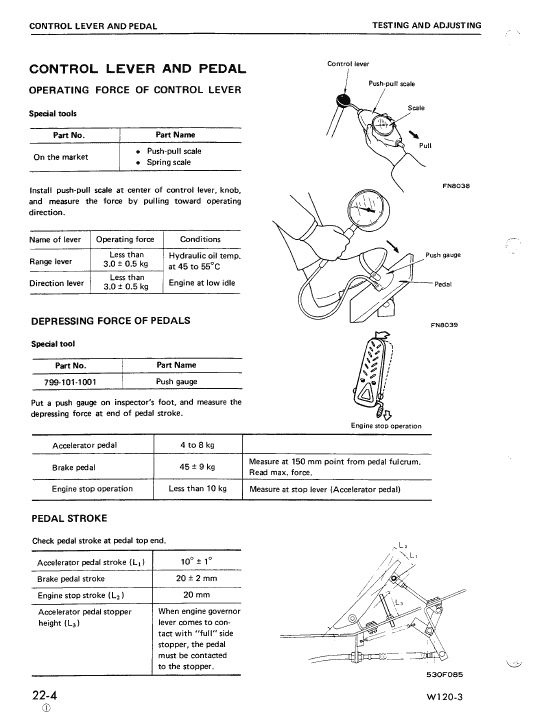
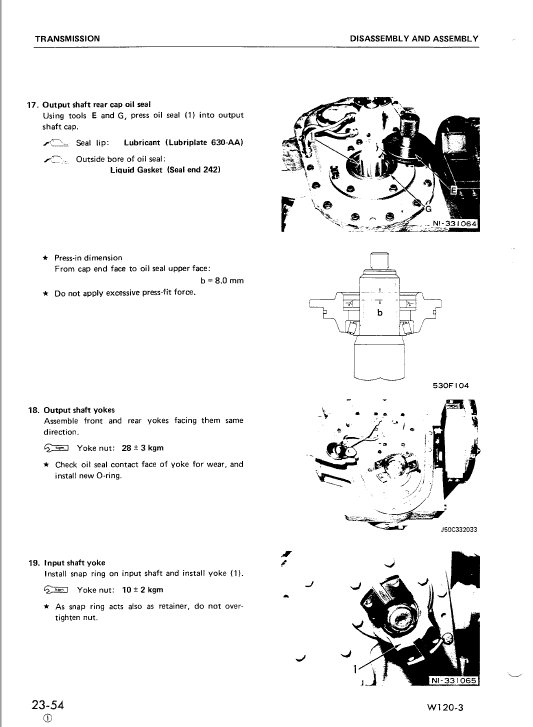


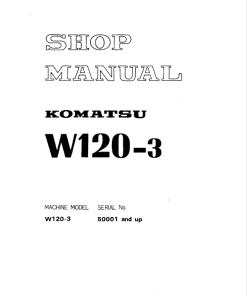
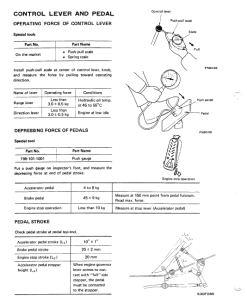
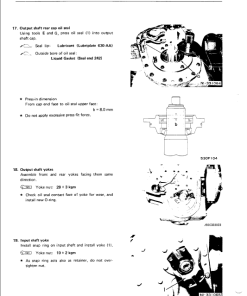


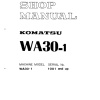
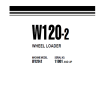
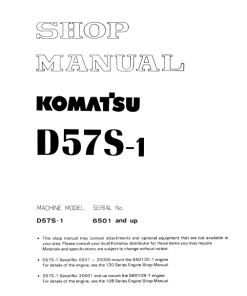
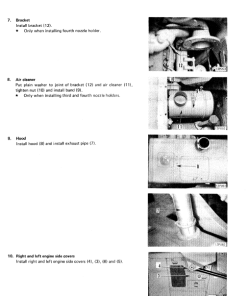
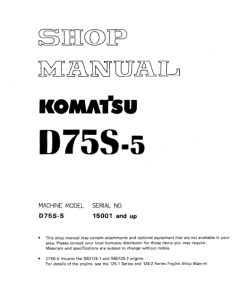
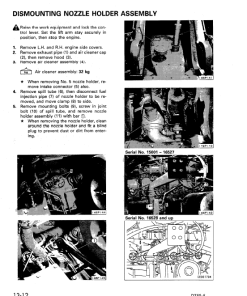
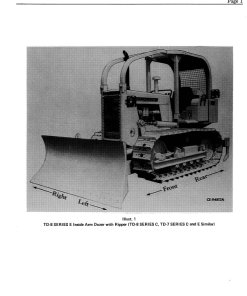
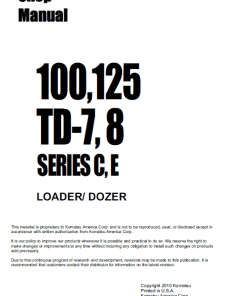
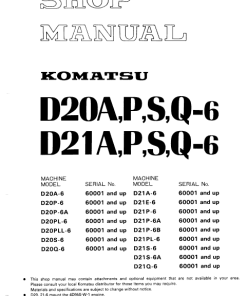
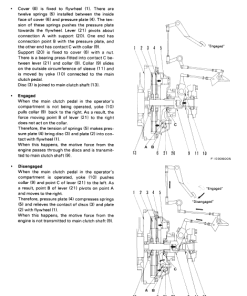
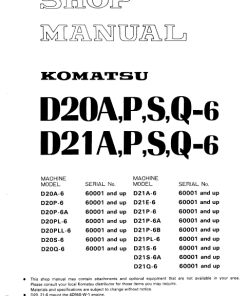
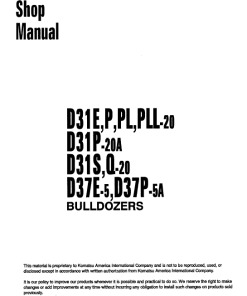
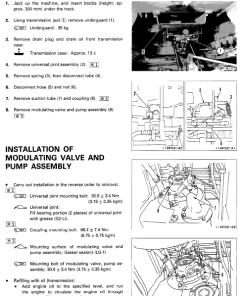
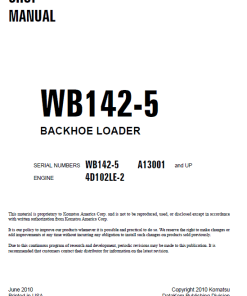
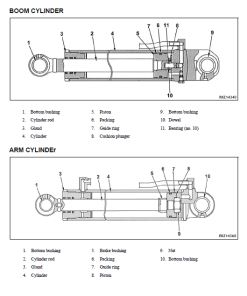
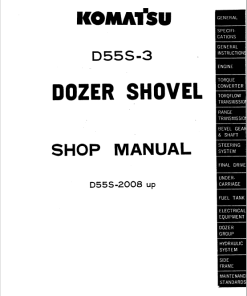
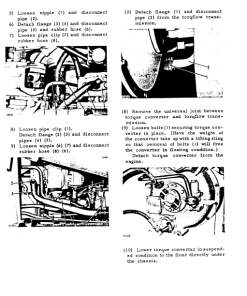
Reviews
There are no reviews yet.